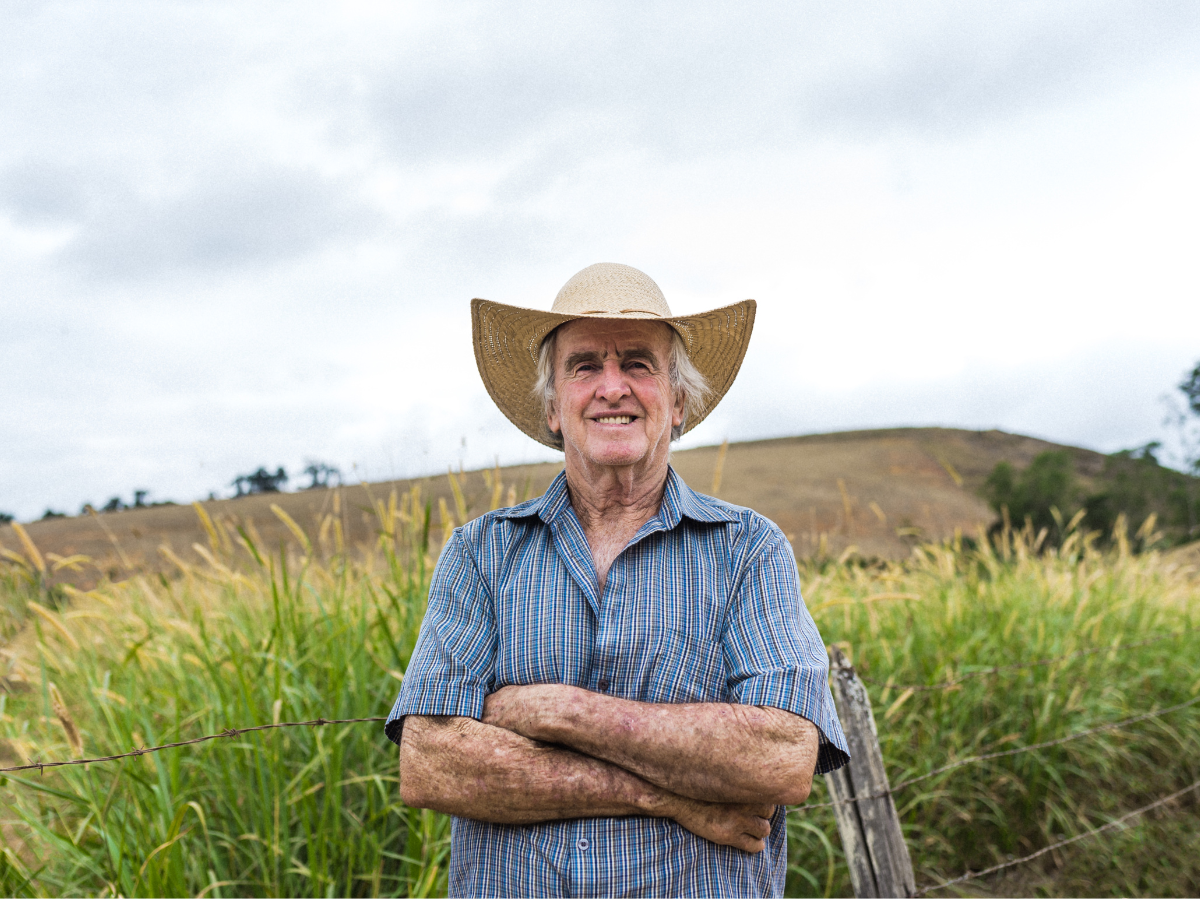5 Key Benefits of RPM in Rural Communities
Access to quality healthcare is a basic human right. However, for many people living in rural communities, it’s limited by barriers such as geographic distance, staffing shortages, and insufficient resources. Research shows that telehealth services, including remote patient monitoring (RPM), help remove these barriers. RPM holds great promise as a technology for improving access to care in rural and remote areas.

5 Benefits of RPM in Rural Communities
In rural communities, patients needing regular healthcare are typically older. They may manage chronic conditions or be recovering from a procedure or surgery. Many of these patients cannot transport themselves to and from appointments, especially when facilities are far away, which is common in rural areas.
That’s where RPM can help. Simplifying access to care, boosting engagement levels, and reducing the need for in-person visits are just a few benefits of RPM in rural communities. Let’s take a closer look.
1. More Consistent Access to High-Quality Healthcare
One of the biggest perks of remote patient monitoring is its ability to break down many common barriers to care. No more long trips to and from appointments or relying on others for transportation—RPM allows patients to monitor their health from the comfort of home.
Patients now have the tools they need to manage their health needs anywhere, anytime. They can schedule appointments, ask questions, and address concerns without traveling to a physical office.
2. Time & Money Savings for All
In many rural communities, healthcare organizations serve patients across a radius of hundreds of miles. This often forces patients to travel hours to see their provider, taking up time and adding travel costs.
RPM enables patients to receive care virtually, reducing the need for in-person visits. As a result, RPM helps patients save time and money.
Additionally, by improving the frequency and quality of care, RPM reduces hospital admissions and readmissions, lowering costs for healthcare systems.
3. Mitigating the Impact of Staff Shortages
Over the past several years, many rural hospitals and healthcare facilities have faced staffing shortages, and some have even been forced to close.
Since 2010, over 130 rural hospitals have closed. During this period, rural adults have experienced higher mortality rates from heart disease, cancer, unintentional injuries, and stroke compared to their urban counterparts. Admissions at nearby hospitals also tend to increase after the closure of rural hospitals.
Staff shortages and closures have tangible impacts on the health of rural communities. RPM helps address these challenges by allowing providers to monitor and care for patients more efficiently.
The time saved on in-person appointments enables providers to see more patients. It also empowers them to deliver personalized care despite limited time and resources.
4. Better Patient Education & Engagement
Through digital health literacy and RPM instruction, patients can better understand their health and conditions. Access to data and real-time feedback from providers supports education, as does the ability to virtually consult with specialists who may be hours away.
This is especially important in rural areas, where face-to-face visits are less frequent. Without RPM, patients may struggle to grasp the importance of treatment or their condition, making them less likely to adhere to care plans.
5. Improved Health Outcomes
Remote patient monitoring devices, such as blood pressure cuffs, scales, and blood oxygen monitors, enable patients to manage their health from afar. The insights gathered from continuous tracking allow providers to intervene when necessary.
Intervening before health conditions worsen decreases the likelihood of hospital admissions. Additionally, improved communication and patient satisfaction make it easier for patients to follow care plans and achieve better outcomes.
Implementing RPM in Rural Communities with CoachCare
Despite its many benefits, RPM still hasn’t reached as many rural communities as one might expect. Challenges such as unreliable internet connectivity, reimbursement barriers, and a lack of qualified staff may lead some organizations to question whether RPM is the right solution.
Partnering with an experienced platform provider like CoachCare is the best way to overcome these challenges and ensure your RPM program succeeds.
CoachCare provides reliable devices and a comprehensive platform to simplify leveraging RPM data and insights. From billing to monitoring to training, our team is here to support you through each step of the RPM process.
Ready to learn more? Take our quiz to find out if you qualify for remote patient monitoring to get started.